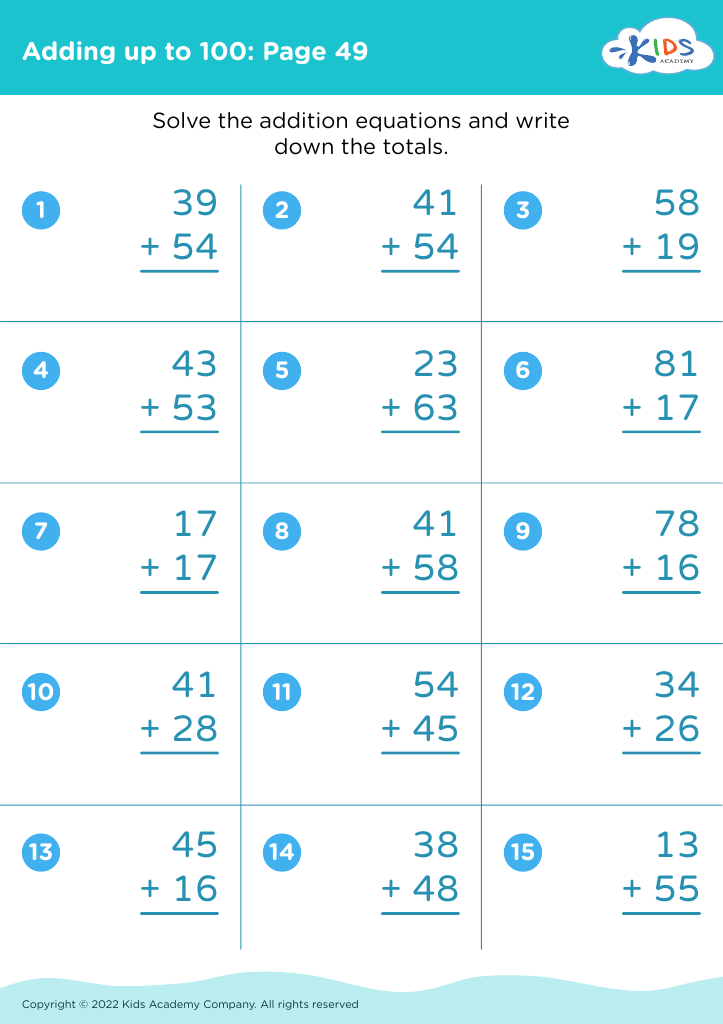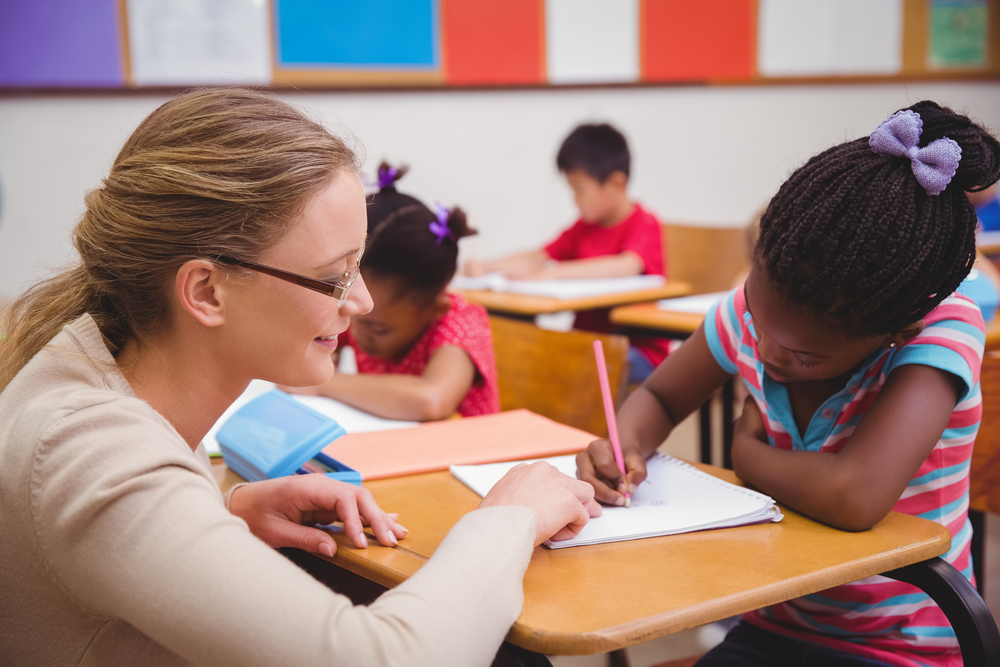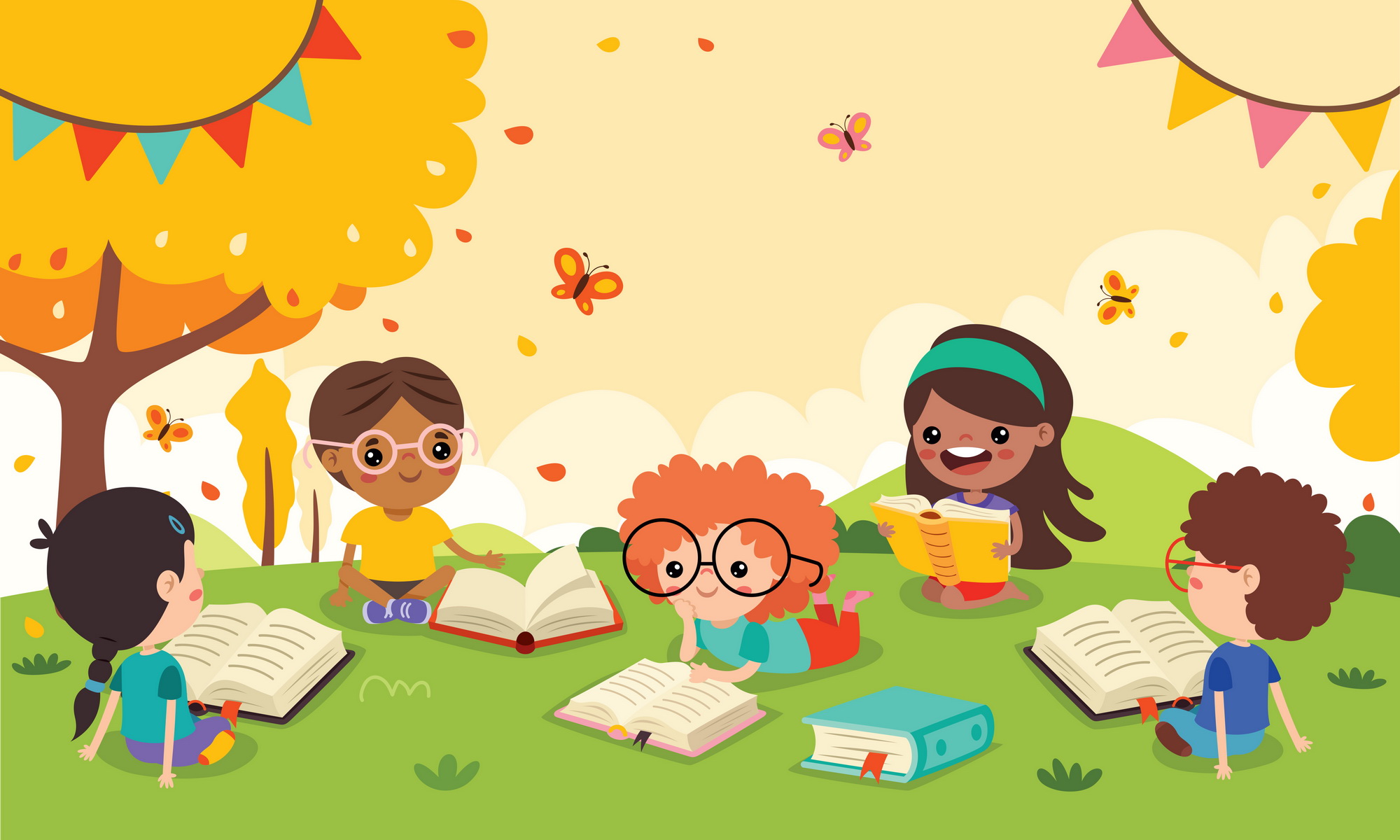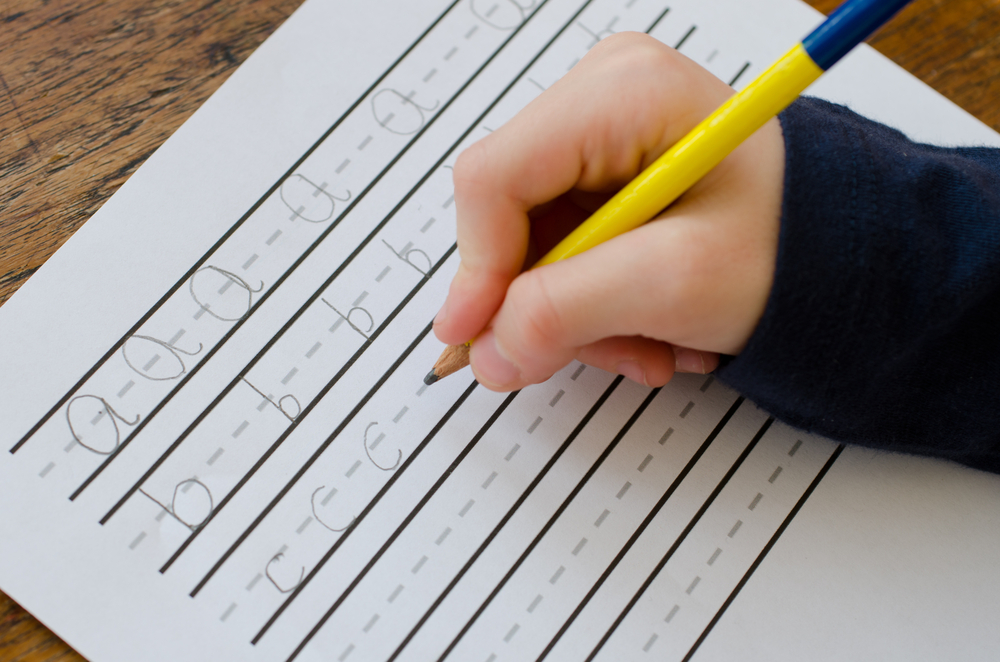Identifying continents Worksheets for Kids
1 filtered results
-
From - To
Question/Answer
What does the Identifying continents skill mean when it comes to Grade 2 Adding up to 100 Misc learning?
The Identifying continents skill in the context of Grade 2 Adding up to 100 Misc learning likely refers to incorporating geographical knowledge into math lessons. This means students might learn to identify continents on a map while also practicing addition skills up to 100, integrating subjects to enhance learning and make it more engaging.
How to test a Grade 2 student’s Identifying continents skills?
To test a Grade 2 student's ability to identify continents, provide a blank world map without labels. Ask the student to name and color or label each continent correctly. Alternatively, use a labeled map and have the student match continent names to the correct locations. This can be done as a written quiz or an interactive activity for more engagement.
Why is the Identifying continents skill important for Grade 2 students?
The Identifying continents skill is important for Grade 2 students as it forms the foundation of their geographical knowledge, helping them understand the world's structure and diversity. It aids in developing spatial thinking, awareness of different cultures and environments, and sets the stage for more advanced geographical and social studies topics, fostering a sense of global awareness and curiosity.













